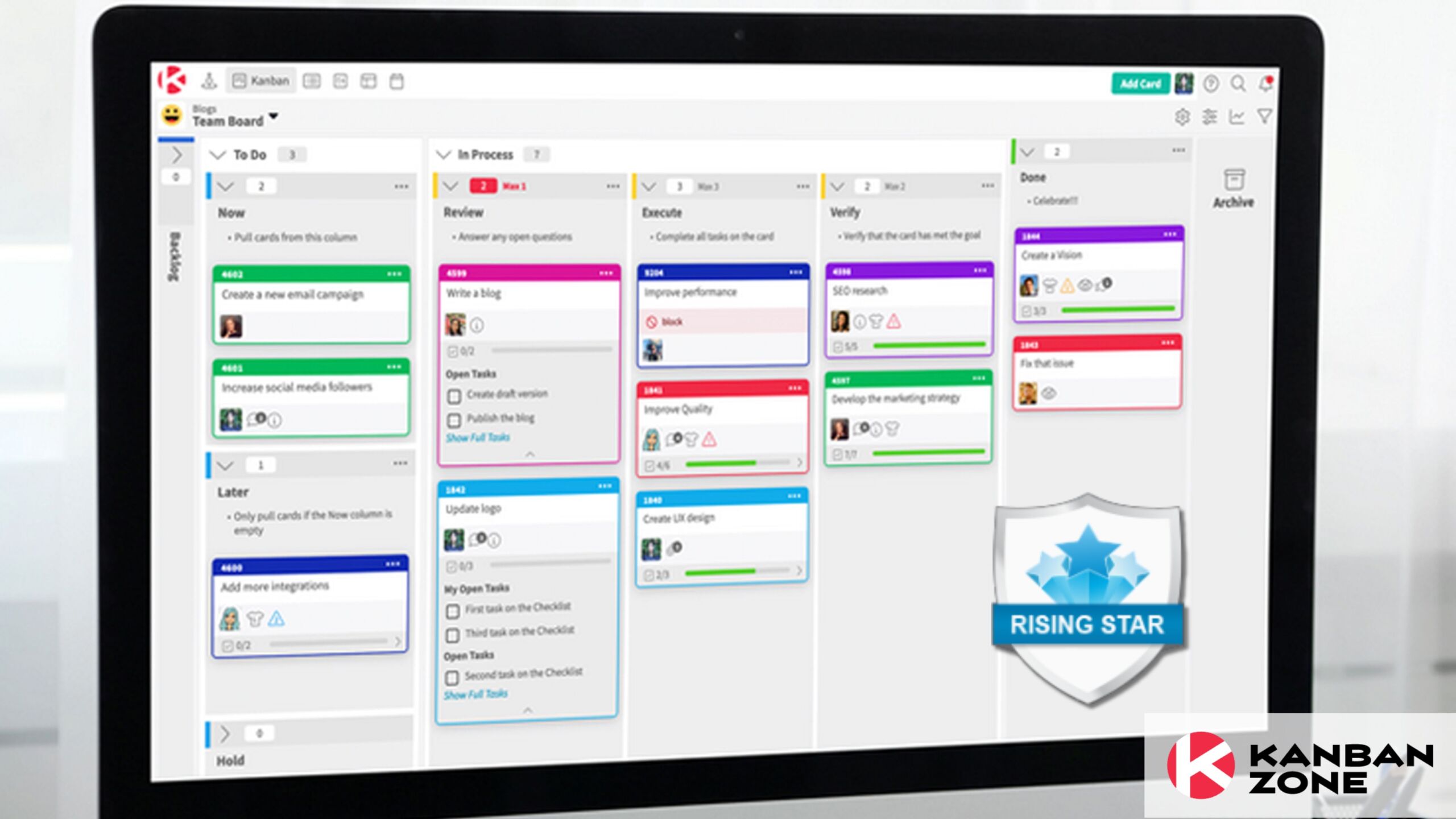
In the context of Lean management, shared leadership has been finding increased application in many different business segments over the years. Whether you are a leader, manager or even willing to become one, learning about shared leadership can be valuable.
In this article, we explain what a shared leadership model is, some of its main characteristics, the benefits of using shared leadership and some tips for leaders and managers to create a culture of shared leadership.
The Shared Leadership Model
Shared leadership is a management model that involves sharing power and influence among a set of individuals to provide guidance and direction to a team towards a common goal.
In the shared leadership model, collaboration is key and team members have autonomy to make decisions related to their position and function in the working team. In this sense, the ideas and voice of every team member is taken into consideration.
In contrast to the traditional management models, shared leadership is highly based on transparency, encouragement of autonomy and openness to team members’ innovative ideas.
Shared Leadership Characteristics
Shared leadership model has some important characteristics which differentiate this leadership model from other models that are more traditional. Below, some characteristics related to shared leadership are summarized:
1. Shared purpose
Having a well-defined purpose is vital in a shared leadership model. Each individual taking part in a team needs to comprehend the main goal to be accomplished by the team and is allowed to take actions toward this goal. If a shared purpose is lacking, thus shared leadership will probably be not effective as there is a high risk of team members working randomly rather than focused on what really matters to be done.
2. Allowing ownership
In order to adopt a culture of shared leadership, team members need to take ownership of their part in the process they are currently working on. This means each individual is allowed to take actions proactively to some point, without the previous approval by the team manager, thus leading to a more agile process. By doing so, work delay is less probable to take place in the work process.
3. Communication
In a shared leadership model, communication between team members is crucial and needs to occur in a clear and frequent manner. This is due to the fact that team members are supposed to freely express their ideas and also listen to the considerations that are presented by the team as a whole.
Benefits of Shared Leadership
Implementing a culture of shared leadership can bring many benefits to your business. Among these benefits, some important ones are listed below, so that you can realize if shared leadership is the right path to your business:
- Increased assertiveness. Decision-making is carried out with the participation of all members of the work team. This increases the chance of reaching suitable improvements and better ideas.
- More independence. As shared leadership encourages team autonomy, team members work more independently to implement possible improvements.
- Higher motivation. Generally, the simple opportunity of belonging to a collaborative group increases the overall motivation of individuals working in a team.
- Harmonic work environment. As team members are free to express and present their opinions and ideas, the work environment tends to be harmonic and productive.
Creating a Culture of Shared Leadership with Kanban
The Kanban method can work wonders in supporting your business to promote a culture of shared leadership throughout the working teams. Organizations that follow the traditional top-down hierarchical model, the Kanban method can help businesses in the transition to creating a culture of shared leadership.
This can be achieved by considering one of the main principles of the Kanban method which refers to the encouragement of acts of shared leadership at all levels within a business.
In this context, acts of shared leadership may be motivated, for instance, from process observations by team members with the aim of focusing on continuously improving a process in which they are participating in day-to-day activities. Therefore, changes and improvements are not only attributed to the formal team manager but should be implemented by every team member. This leads to a sense of shared leadership throughout the working teams, which can also expand to the entire business.
It is important to highlight that changes and improvements should be obtained incrementally, that means evolutionary changes are always preferred rather than radical changes. One possible way here is to map the value stream of your process together with team members using a digital Kanban board, in which the studied process is broken down into small steps and visualized collaboratively in a group. This allows the team to get into the same page on how work is done on a daily basis and have the autonomy to discuss and suggest further changes that may be necessary in order to improve the process.
Incorporating a diverse range of soft skills into your resume is essential, as they play a pivotal role in showcasing your interpersonal abilities and making you a well-rounded candidate for potential employers.
While you aim to achieve a shared leadership culture through the Kanban method, it is also important to create a safe environment in which team members feel comfortable sharing their ideas. Innovative ideas often come from team members who are the most experienced at carrying out their day-to-day tasks. Giving everyone the freedom to lead and contribute can help improve team dynamics and more successful collaborative effort.
Learn to Work Smarter, Not Harder!
Get our top articles weekly.







